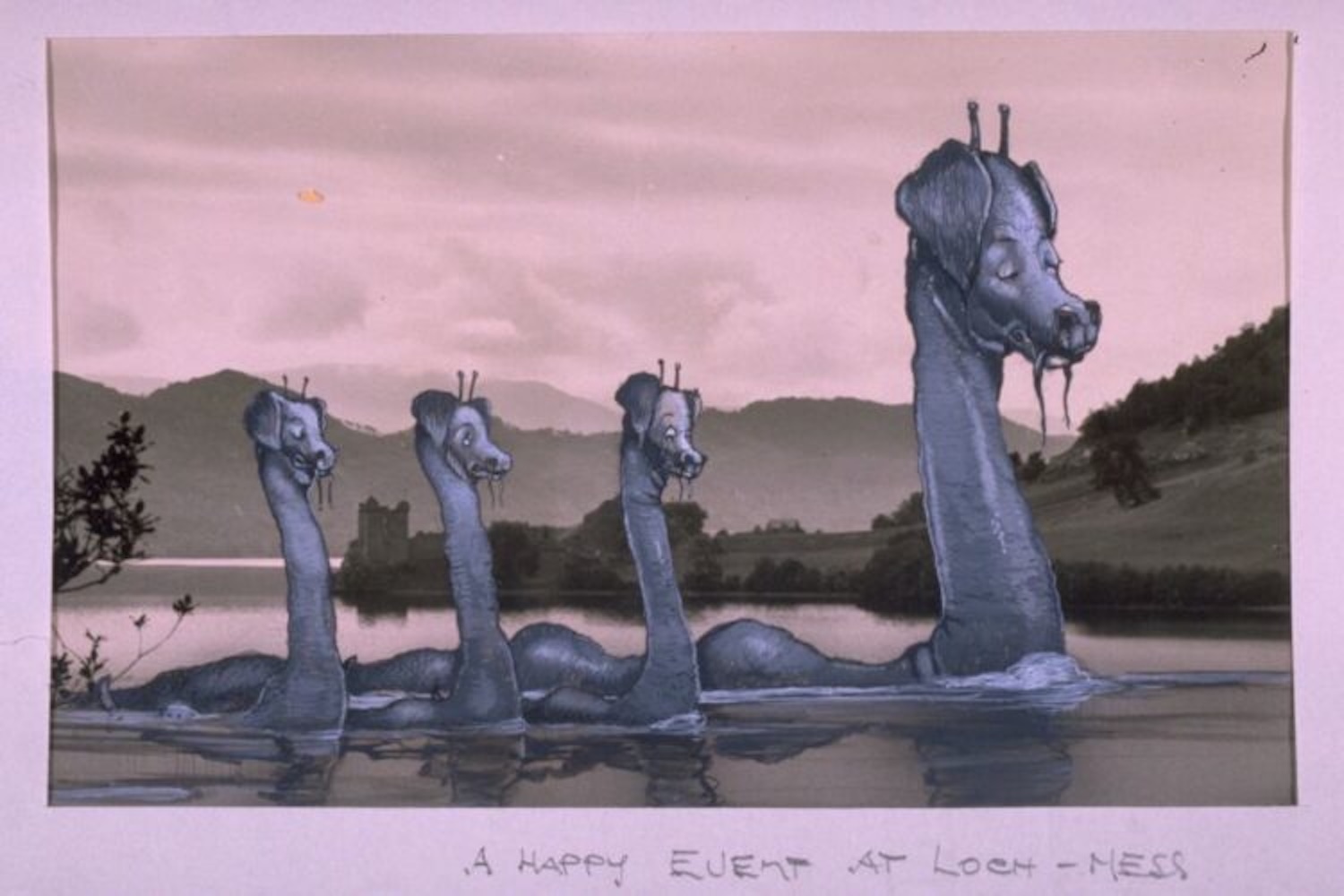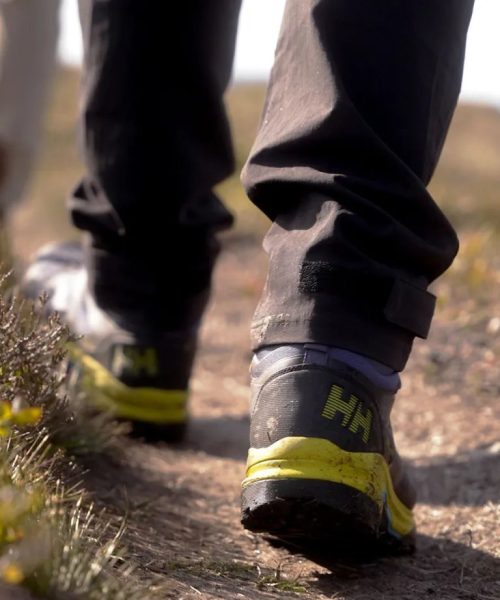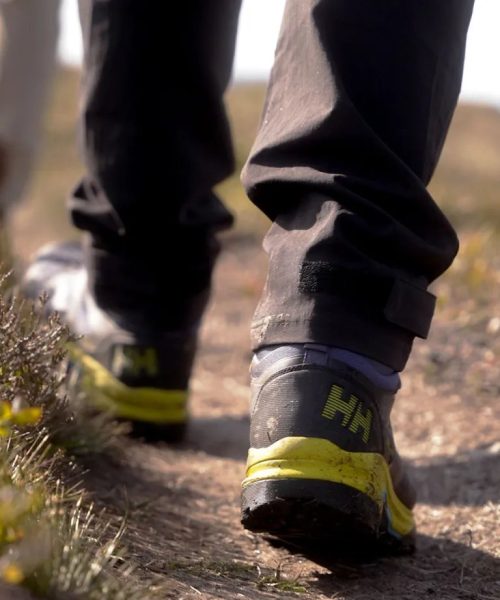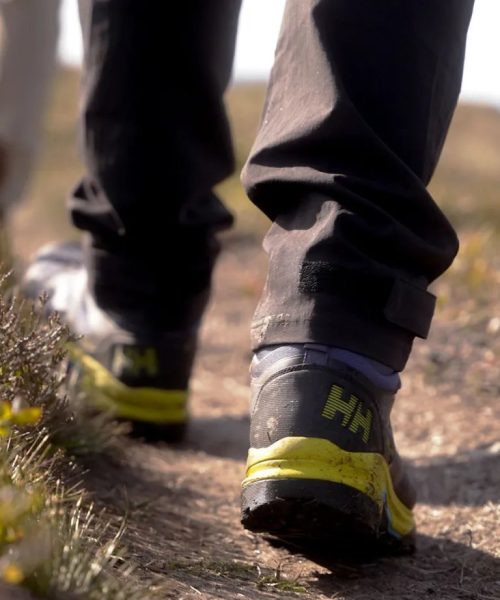The earliest accounts of a mysterious creature lurking in Loch Ness date back to the 7th century CE. But after 1,300 years and innumerable sightings, there’s still no substantial evidence supporting the beast’s existence. According to a recent historical review published in the scientific journal Endeavour, part of the problem may be the fact that Nessie’s most commonly recognizable appearance is a “zoological impossibility.”
Generations of lore, hoaxes, and pop culture depict the Loch Ness Monster’s stereotypical description as a serpentine animal whose body forms loops or arches as it moves through water. After examining decades’ worth of archival material, University of St. Andrews ecologist Charles Paxton and the Loch Ness Centre’s Adrian Shine noted that 25-32 percent of all Nessie-related postcards show a creature bending into one or more “hoops” above the water’s surface.
It then stands to reason these are based on most people’s sightings, right? The “real” Nessie should at least somewhat resemble the Nessie on postcards, t-shirts, and other souvenirs. That’s what Paxton and Shine argued.
“If commonplace imagery portrays multi-arched sea serpents, and witnesses are influenced by this imagery, then ‘archiness’ might be presumed to be commonly represented in subsequent eyewitness reports of sea serpents,” they wrote.
As it turns out, the hypothesis doesn’t hold up. In fact, amid all the Loch Ness Centre’s documented sightings, Paxton and Shine estimate only 1.5 percent describe an implausible animal with hoops or humps.

“Images of such serpentiform animals have been common ever since the 16th century yet the actual proportion of such eyewitness reports, especially at Loch Ness, has until recently been extremely low,” the study’s coauthors wrote. “In this case it really seems witness[es] do not generally report the impossible, even though the hooped monster is a common portrayal of Nessie.”
Consider unidentified flying objects as a comparison. Prior to the 1947 Roswell incident and Area 51’s ensuing cultural ascendency, UFO reports described all kinds of odd aerial vehicles—from zeppelin-like contraptions to streamlined rockets. Once the public learned of supposed flying saucers, however, media depictions quickly shifted towards the plate-like design as extraterrestrials’ preferred method of transportation. And while many sightings do involve saucers whizzing around witnesses’ heads, most instead still describe physics-defying orbs and lights.
Although the immediate reaction may be to further discount Nessie sightings, the researchers actually argue the opposite. If anything, the fact that most people don’t describe an outlandish monster is something that warrants consideration. At the same time, the researchers explicitly caution that their findings don’t validate arguments in favor of an aquatic cryptid in Scotland either.
“This insight supports the contention that the majority of eyewitness reports are actually based on some underlying physical reality, even if not representing an actual encounter with an unknown species,” they wrote.
With this in mind, it’s probably a good idea to stick to the revised maxim: If it looks like pop culture’s Nessie and moves like pop culture’s Nessie—chances are it isn’t the actual Nessie.
… And even if the mystery figure doesn’t have humps, it’s still more liable to be a log than a Loch Ness Monster.






